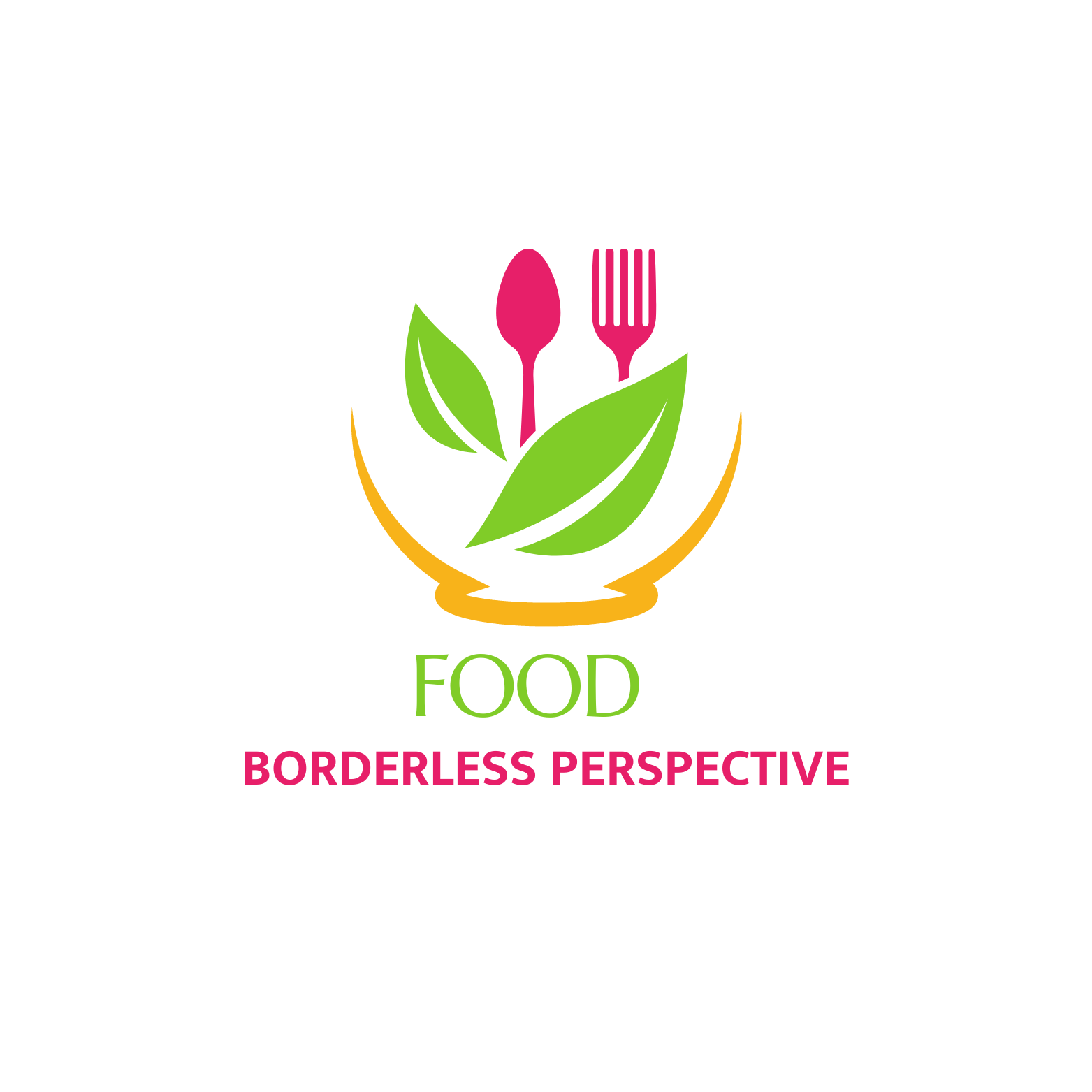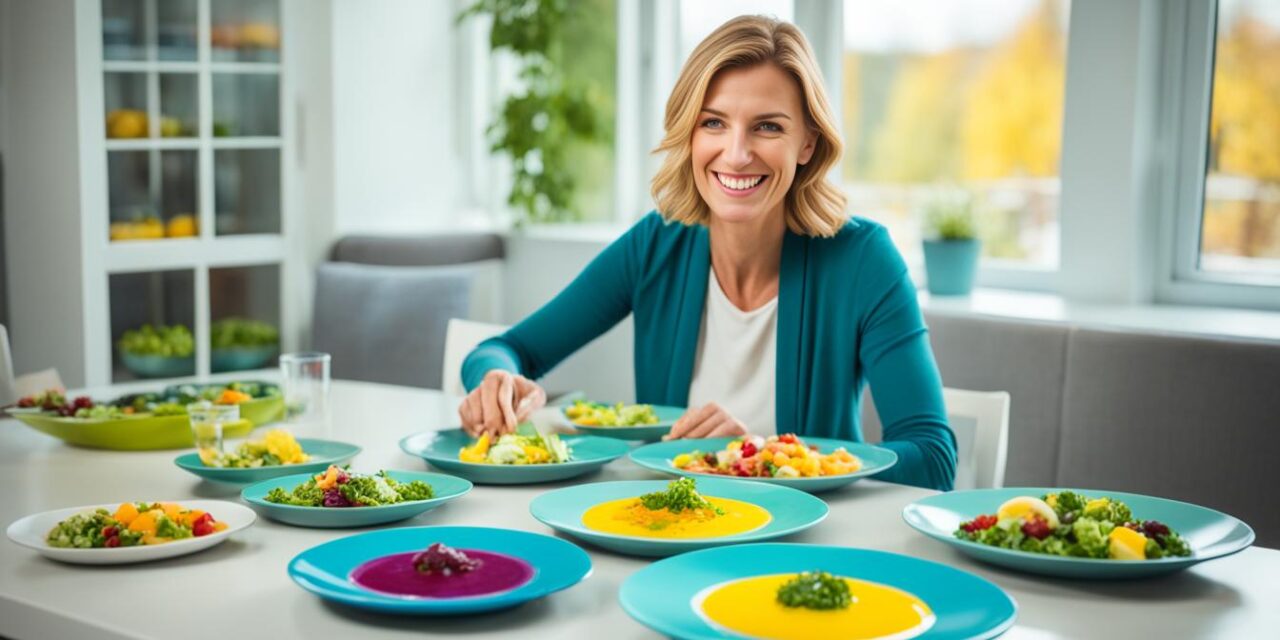Picture this: it’s the end of a long day, and you’re finally sitting down to enjoy a well-deserved meal. As you reach for your favorite dish, have you ever stopped to think about how the color of your plate might be influencing your food choices and, ultimately, your weight?
It may sound far-fetched, but research suggests that the color of your plate can actually play a role in your weight loss journey. Color psychology has long been studied and proven to have a profound impact on human behavior, and food consumption is no exception. So, whether you’re looking to shed a few pounds or simply adopt a healthier lifestyle, understanding the surprising psychology behind plate color could be your secret weapon for success.
Let’s dive into the fascinating world of plate color and its effect on our eating habits. We’ll explore how visual cues can influence our food choices, the impact of plate color on food consumption, and the role it plays in satiety and appetite regulation. Get ready to discover the power that a simple change in plate color can have on your weight loss goals.
Key Takeaways:
- The color of your plate can influence your food consumption and, ultimately, your weight loss journey.
- Color psychology plays a significant role in human behavior, including food choices.
- Visual cues, such as plate color, can subconsciously influence our perception of food.
- The impact of plate color on food intake may vary depending on factors like the perceived healthiness of the food and the contrast between plate and food colors.
- Understanding the role of plate color can provide valuable insights for promoting healthier eating habits and weight management.
The Impact of Plate Color on Food Consumption.
Plate color has been found to have a significant impact on food consumption. The visual cue provided by plate color can influence our perception of food and affect our overall energy intake. While different studies have shown mixed results, indicating that the effect of plate color cannot be generalized, a study conducted with female participants revealed some interesting findings.
In this study, researchers examined the effect of plate color on energy intake by using plates in three different colors: red, black, and white. The participants were asked to consume their meals from plates of these varying colors, and their energy intake was measured and compared.
The results showed that the color of the plate indeed played a role in energy intake. Participants who used red and black plates consumed significantly higher amounts of energy compared to those who used white plates. This suggests that plate color acts as a visual cue that influences food consumption.
“The color of the plate can have a surprising impact on our food choices. Red and black plates seem to stimulate our appetite and make us eat more,” says Dr. Sarah Johnson, a leading researcher in the field of nutrition psychology.
It is believed that the contrast between the plate color and the food color plays a role in this effect. Red and black plates create a stronger contrast with most food colors, making the meals appear more vibrant and appetizing. This can lead to increased food consumption and energy intake.
However, it’s important to note that the effect of plate color on food consumption may vary between individuals and specific contexts. Factors such as personal preferences, cultural influences, and the perceived healthiness of the food can also impact how plate color affects our eating behavior.
Key Takeaways:
- Plate color has been found to have a significant impact on food consumption.
- Red and black plates have been associated with higher energy intake compared to white plates.
- The contrast between the plate color and the food color may play a role in the effect.
- Individual preferences and cultural influences can also influence the impact of plate color on food consumption.
Understanding the impact of plate color on food consumption can help us make more informed choices about our eating habits. Whether it’s choosing white plates for portion control or being mindful of the visual cues created by plate color, small changes can make a big difference in maintaining a healthy lifestyle.
The Psychology Behind Plate Color and Food Choices.
The color of plateware and the surrounding environment can have a profound impact on your food choices. It turns out that the hue of your plate can influence your eating habits more than you might think. In particular, the color red has been found to be a cognitive and behavioral stimulus due to its high visibility and association with danger.
Studies have shown that when food is served on red plates, individuals tend to consume less. This phenomenon may be attributed to the psychological effect of the color red, which acts as a visual cue signaling caution and reducing food intake. So, if you’re looking to be more mindful of your portion sizes and make healthier food choices, consider swapping out your usual dinnerware for red plates.
However, it’s important to note that the effect of plate color on food intake can vary depending on certain factors. One such factor is the perceived healthiness of the food being served. The contrast between the plate color and the color of the food can also play a role in influencing consumption. For example, if you serve a vibrant green salad on a red plate, the contrast may enhance the perception of the salad’s freshness and healthiness, encouraging you to eat more of it.
Remember, the psychology behind plate color is just one piece of the puzzle when it comes to making healthy food choices. It’s important to consider a variety of factors, such as the nutritional value of the food, your personal preferences, and overall lifestyle habits. Plate color can be a helpful tool, but it shouldn’t be the sole determining factor in your decision-making process.
To give you a visual representation of the impact of plate color on food choices, take a look at the table below:
| Plate Color | Effect on Food Intake |
|---|---|
| Red | Reduces food consumption |
| White | No significant effect on food intake |
| Blue | No significant effect on food intake |
The Role of Plate Color in Satiety and Appetite Regulation.
Plate color may play a significant role in satiety and appetite regulation, influencing your food intake. A study conducted with female participants found that different plate colors did not lead to significant differences in satiety scores. However, there was a noteworthy disparity in total energy intake between red and black plates compared to white plates.
The effect of plate color on food intake can be influenced by visual cues and the perceived healthiness of the food. Visual cues, such as the color of your plate, can subconsciously impact how much you eat and how satisfied you feel. When your plate is red or black, you may be more inclined to consume higher energy levels, potentially leading to increased calorie intake.
Further research is needed to fully understand the mechanisms behind plate color’s impact on satiety and appetite regulation. By unraveling these factors, we can develop a deeper understanding of how plate color influences our eating behavior and make informed choices to support healthy eating habits.
| Plate Color | Satiety Scores | Total Energy Intake |
|---|---|---|
| White | No significant difference | Baseline |
| Red | No significant difference | Higher energy intake |
| Black | No significant difference | Higher energy intake |
While this study found no direct impact on satiety, the higher energy intake with red and black plates suggests a potential disruption in appetite regulation. The psychological and physiological factors underlying plate color’s influence on food intake require further investigation.
Understanding the interplay between plate color, satiety, and appetite regulation can guide us in making conscious decisions about our food choices. By considering the visual cues that affect our eating behavior, we can create an environment that supports healthy and mindful eating.
Conclusion.
In conclusion, the color of your plate can have a surprising impact on your food intake and energy intake. Research has shown that red and black plates are associated with higher energy intake compared to white plates. This suggests that plate color can influence your eating habits and potentially lead to overconsumption.
One possible explanation for this effect is the power of visual cues. The color of your plate acts as a visual stimulus that can affect your perception of the food you’re eating. For example, red is often associated with indulgence and excitement, which may lead to a greater desire for food.
Additionally, the perceived healthiness of the food and the contrast between the plate color and the food color may also play a role. Further studies are needed to understand the underlying mechanisms behind plate color’s influence on satiety and appetite regulation.
Understanding the role of plate color in food choices can have important implications for promoting healthier eating habits and weight management. By being mindful of the color of your plate, you can potentially make more conscious food choices and avoid overeating. So, next time you sit down for a meal, consider the color of your plate and its potential influence on your food intake.
FAQ
Can the color of your plate help you lose weight?
How does plate color affect food consumption?
Is plate color linked to satiety and appetite regulation?
What is the psychology behind plate color and food choices?
What is the impact of plate color on weight loss and healthy eating?
What are some diet tips for using plate color to aid in weight loss?
MORE SOURCES TO READ:
- https://bodminmagazine.com/food-drinks-recipes-restaurant-reviews-and-more/color-food-plate-making-fat/
- https://www.cnn.com/2013/11/29/health/seeing-red/index.html
- https://www.ncbi.nlm.nih.gov/pmc/articles/PMC5911375/
![]()














Recent Comments